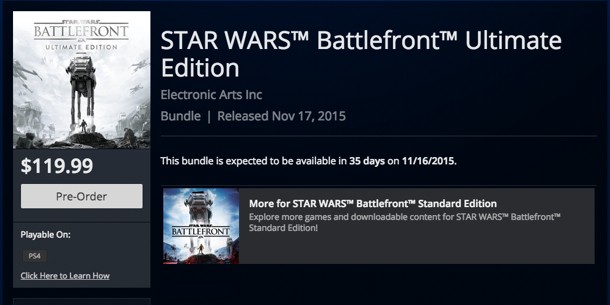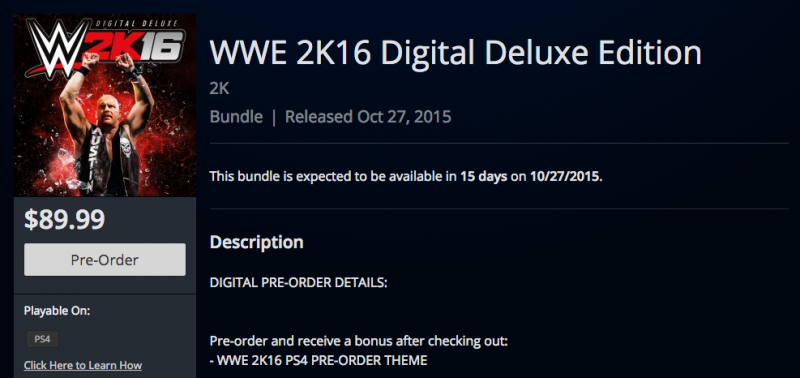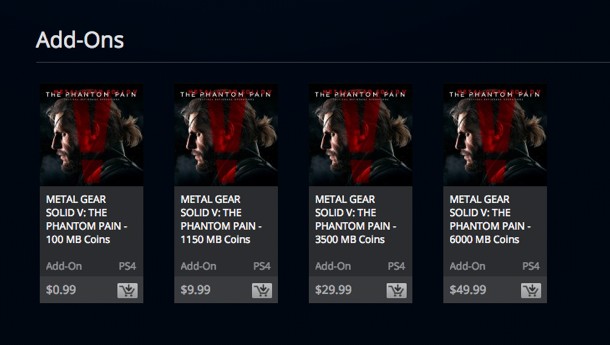Worried About Gaming Getting More Expensive? It Already Has

Over the past five years, publishers have gotten more creative with how they monetize games. It used to be that the $50 or $60 people paid at the register was the maximum lifetime value publishers could expect from a single copy. That number has bloomed in ways many consumers don’t internalize on a daily basis.
Publishers have a growing challenge. Costs are increasing as technology becomes more complex, games are becoming a series of exercises in one-upmanship, and costs are extended longer due to connected experiences and living services.
On the other side of the equation, the lowest cost of entry for triple-A titles has not changed. Raising the base price at the register (or digital storefront) would cause a wave of negative sentiment.
Ultimately, it would all be for naught. Publishers can’t simply increase the base price by $10 and abandon all of the other monetization schemes like cosmetic DLC and microtransactions. The balance is too heavily weighted toward the latter.

Today’s announcement that Star Wars Battlefront will have a $120 “ultimate edition” that includes the game, $10 of early unlocks, and the $50 season pass drives the point home. Games have become more expensive, and there’s no going back. Forget incremental increases at the register. Publishers have far more than that to gain using existing monetization mechanisms.
Marquee games from Activision and EA, like Call of Duty, Battlefield, and Battlefront have offered $15 map packs for years. These are incentivized by offering players a “discount” for buying early and in bundle form. Really, if you end up purchasing all four of those packs at full $15 price, you're just paying the $10 "I didn't plan well" tax since most season passes remain around for the life of the game's online service.
While publishers can’t recognize some or all of that revenue on the profit and loss statement (depending on their internal accounting standards) before the content is delivered, that cash is in the bank. They are investing that and earning interest on it, or putting the cash toward ongoing R&D and service delivery before they’ve earned (in the strictest sense of the accounting definition) your money.

The result is that these games end up costing in the neighborhood of $110 for the complete experience. But Call of Duty and Battlefield aren’t alone. 2K recently announced that the all-in price for WWE 2K16 is $90 on current-gen consoles. Batman: Arkham Knight is a $100 game if you want all the skins, challenge missions, and add-on story DLC.
These scenarios don’t even take into account games that offer both season passes and microtransactions. One of the most successful in-game monetization programs is EA’s Ultimate Team, which you’ll find in most of its sports games. For the past two fiscal years, EA has seen enormous increases in revenues and play time in its sports games from the inclusion of Ultimate Team. Last year saw growth of 53 percent. The year before saw a jump of 62 percent.
Ultimate Team is recognized as part of the same category as EA’s free-to-play revenues. This line item accounted for $925 million (of $4.3 billion, or 21.5 percent) in EA’s fiscal year ending March 31, 2015, up from $760 million (of $4 billion, or 19 percent) the year before.

In-game transactions for consumable items are starting to become the norm, with Microsoft (Halo 5), Ubisoft (Assassin’s Creed), Konami (Metal Gear Solid V), Sony (MLB The Show), 2K (NBA 2K), and others just some of the companies getting in on the action. When you throw in cosmetic DLC (character and weapon skins), which are the “soft drinks” of the gaming world (extremely low cost when compared against high revenue potential), publishers have figured out a way to get more money from a wide swath of player types.
It's important to recognize that there are developers who are pushing back against this trend, drawing a line in the sand between meaty, pay-for-play expansions and significantly less impactful cosmetic and tangential DLC. CD Projekt Red notably made a stand this year, offering 16 pieces of DLC for free for anyone who purchases The Witcher 3 at any point. The bigger expansions, like this week's Heart of Stone DLC, will cost you. But it's a significant amount of content and not something you'll breeze through quickly.
You don't need to purchase these (or other add-on items). They are entirely optional, and you'll still get a full (if not all-encompassing) experience for your entry price alone.
While many companies don’t need you to be a cosmetic-loving, DLC completing, microtransaction whale, there’s a good chance that you’ll be at least one of things. If so, you’re a source of repeat revenue on a product you thought only cost you $60.
If not, congratulations on bucking a growing trend. But if you do partake in microtransactions and cosmetic DLC, you’ve been paying more than retail for your favorite games for years. You just might not have realized it.

Get the Game Informer Print Edition!
Explore your favorite games in premium print format, delivered to your door.
- 10 issues per year
- Only $4.80 per issue
- Full digital magazine archive access
- Since 1991









